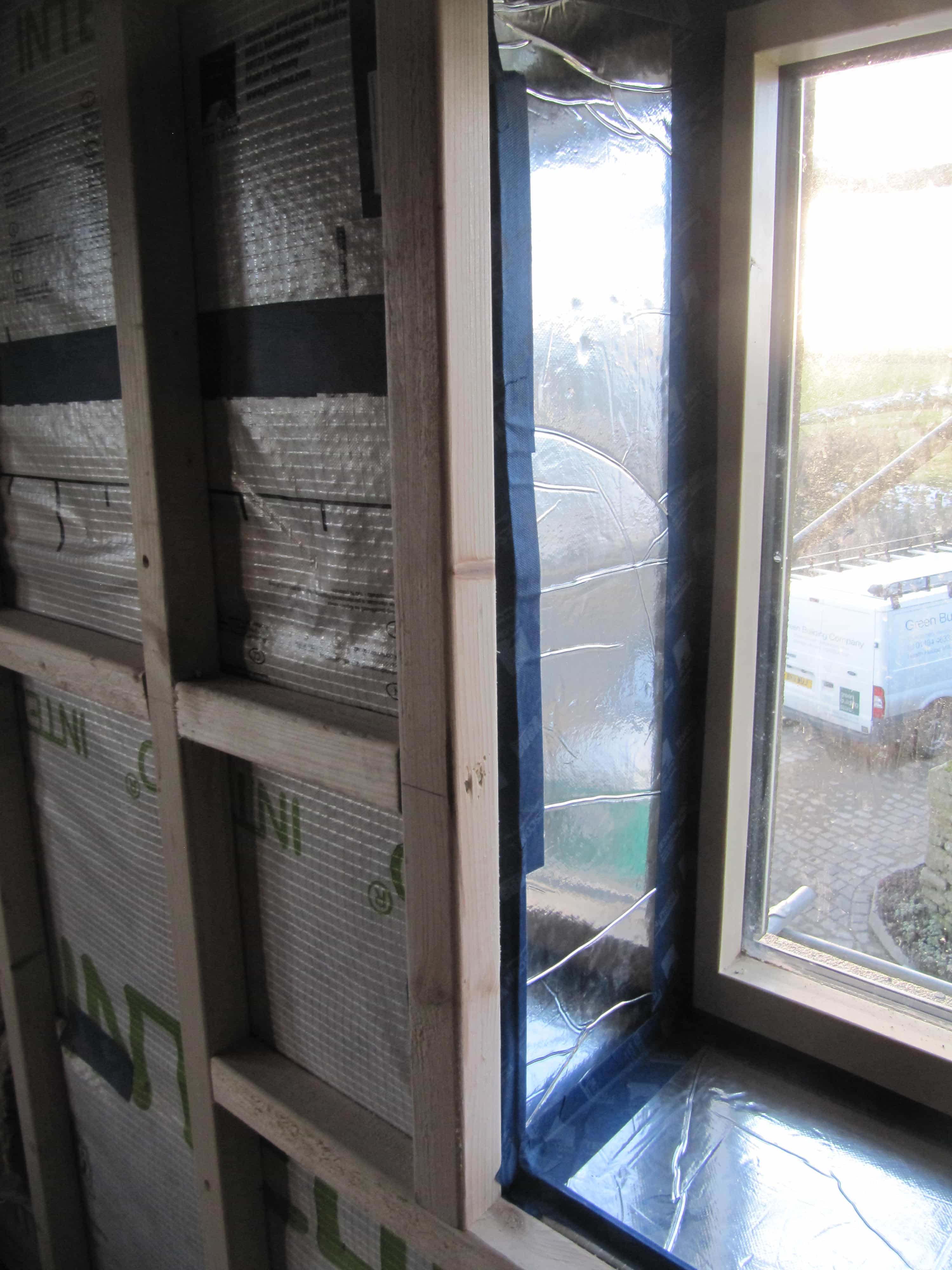In the UK, building regulations require that all new construction or refurbishments meet certain minimum standards for energy efficiency. Part L of these regulations sets out the requirements regarding the conservation of fuel and energy, and Appendix B outlines the methods to demonstrate compliance with these requirements.
One key aspect of Appendix B is the need to provide photographic evidence of the installation of insulation, to prove that all insulation elements used in the building are of an appropriate quality and quantity. Providing photographic evidence is a critical component of ensuring that you are compliant with Part L regulations and can prevent significant delays or issues with approvals.
Photographic evidence of insulation installation is essential to demonstrate that the insulation has been installed correctly. In particular, details such as the thickness of the insulation and the sealing of cavities must be recorded. For example, if the recommended thickness of insulation is 100mm, photographic evidence must show that the installed insulation matches that thickness and has been installed consistently.
Providing photographic evidence of insulation installation can also help prevent any disputes arising between stakeholders during the construction process. For instance, if a building inspector has concerns over the quality of insulation installed, photographic evidence can help to provide assurance of the quality of the installation.
The use of photographic evidence in Part L shows the importance of incorporating easily verifiable actions within construction projects to ensure energy efficiency is upheld. By incorporating photographic evidence into reporting and building regulations, it can save time and money in the long run, preventing rework or lengthy delays.
In conclusion, photographic evidence is a crucial component of providing the correct evidence for UK building regulations in regard to insulation. By providing this evidence, you can help ensure compliance with Part L regulations, prevent disputes, and ultimately increase the energy efficiency of a building. Incorporating the use of photographic evidence into your project is essential to save time and money in the long term.


